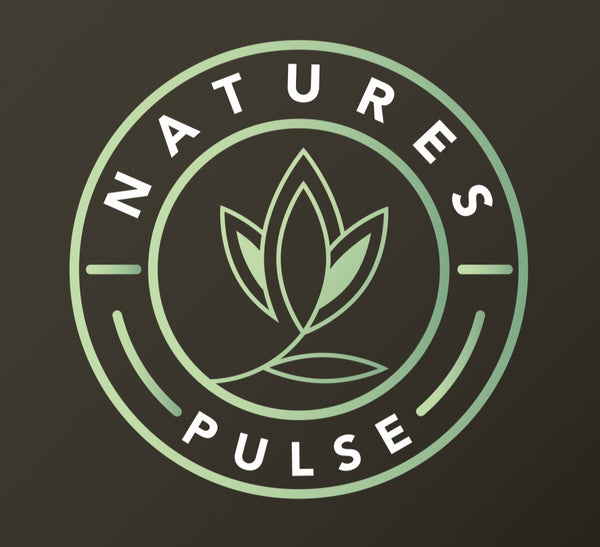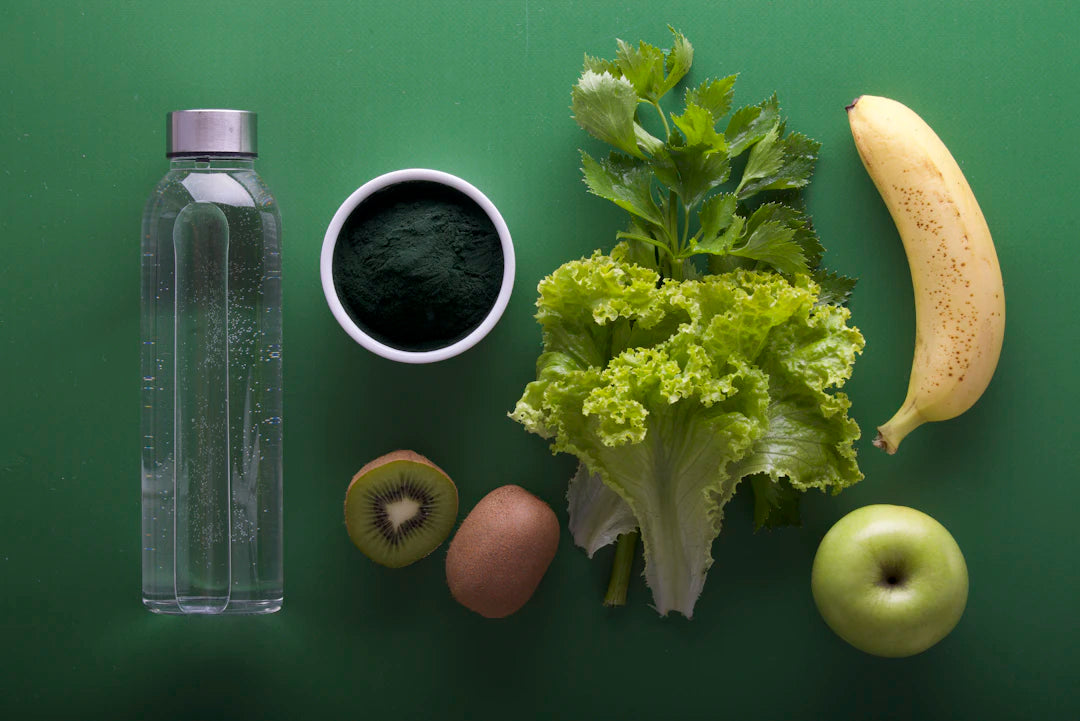Overview
Understanding Recommended Daily Allowances (RDAs) is crucial for maintaining good health by preventing nutrient deficiencies and encouraging balanced diets. RDAs vary by age and gender and are determined through scientific research. Key nutrients to focus on include vitamins A, C, D, and minerals like calcium and iron. Incorporating Mushroom Powder can boost nutrient intake, and tracking your diet can help meet RDAs effectively. The Plate Method is a practical way to visualize nutritional balance. Embrace RDAs as a guide to enhance your overall well-being.
Frequently Asked Questions
1. What are Recommended Daily Allowances (RDAs)?
2. Why are RDAs important for health?
3. How are RDAs determined?
4. What nutrients should I focus on regarding RDAs?
5. How can I incorporate Mushroom Powder into my diet for nutrient intake?
In today’s health-conscious society, it’s essential to understand the importance of nutrition and how it impacts our well-being. One helpful way to comprehend the quantities of nutrients our bodies need is by looking at Recommended Daily Allowances (RDAs). In this article, we delve deep into what RDAs are and how they can guide you to a healthier lifestyle. We will also explore the role of Mushroom Powder as a nutrient booster.
What are Recommended Daily Allowances (RDAs)?
Recommended Daily Allowances, or RDAs, are systematic guidelines established by health organizations to inform individuals about the daily intake of essential nutrients. These guidelines were developed to help individuals determine the right amount of vitamins, minerals, and other nutrients they should consume to maintain good health and prevent deficiencies.
Understanding RDAs: The Basics
The RDA system covers a variety of nutrients, including vitamins like Vitamin C or Vitamin D, minerals like calcium or iron, and even macronutrients like protein and carbohydrates. Each nutrient has a specified RDA based on factors such as age, gender, and life stages like pregnancy or lactation. The aim is to provide a baseline for healthy dietary intake.
Why RDAs Matter for Your Health
Knowing the RDAs for different nutrients can empower you to make informed dietary choices. Let’s break down the benefits:
- Prevention of Nutrient Deficiencies: Understanding RDAs can help prevent deficiencies that could lead to health problems such as anemia, osteoporosis, or scurvy.
- Balanced Diet: RDAs encourage a balanced diet by informing you about the varied food sources that can provide the necessary nutrients.
- Customized Planning: Knowing your RDAs helps in tailoring your meal plans according to your personal health goals, conditions, and lifestyle choices.
- Health Optimization: Adequate nutrient intake can enhance overall well-being, support immune function, and improve energy levels.
How are RDAs Determined?
RDAs are established through extensive scientific research and are based on the latest findings regarding nutrient intake and health outcomes. Nutritionists and researchers consider various factors, including:
- Population studies to identify nutrient levels linked with optimal health.
- Research on health risks associated with both deficiencies and excesses of nutrients.
- The experiences of people following diverse diets and their health outcomes.
The Role of Age and Gender in RDA
One of the critical aspects of RDAs is that they vary significantly based on age and gender. For example, a pregnant woman’s requirements for certain nutrients like folic acid and iron will differ from a non-pregnant woman’s. Children will have different RDAs compared to adults. The adjustments made in RDAs are designed to accommodate growing bodies, metabolic needs, and hormonal changes throughout life.
Nutrients to Focus On
While RDAs encompass a wide array of nutrients, there are a few that tend to be overlooked. Here are some key nutrients to keep an eye on:
Vitamins
- Vitamin A: Important for vision, immune function, and skin health.
- Vitamin C: Essential for collagen production and immune health.
- Vitamin D: Crucial for calcium absorption and bone health.
Minerals
- Calcium: Vital for bone health and muscle function.
- Iron: Necessary for blood health and oxygen transport in the body.
- Magnesium: Supports muscle and nerve function, alongside energy production.
Incorporating Mushroom Powder into Your RDA
One unique way to ensure you’re meeting your RDAs is by incorporating natural supplements such as Mushroom Powder into your diet. Mushroom Powder, derived from various edible mushrooms, is known for its health benefits, offering a plethora of nutrients. Here’s how it can complement your RDA:
Health Benefits of Mushroom Powder
- Rich in Antioxidants: Mushroom Powder is packed with antioxidants that combat oxidative stress in the body.
- Immune Support: Certain mushroom types, such as reishi and shiitake, have compounds that enhance the immune system.
- Enhanced Nutrient Absorption: Mushroom Powder can facilitate better absorption of essential nutrients, making it a good addition to a balanced diet.
How to Use Mushroom Powder
Mushroom Powder is versatile and easy to incorporate into your meals. Here are a few suggestions:
- In Smoothies: Add a spoonful to your morning smoothie for an extra nutrient boost.
- In Soups: Stir it into soups or broths to enhance flavor and nutritional value.
- Baking: Incorporate into baked goods for a healthful twist.
Overcoming Common Misconceptions About RDAs
Despite the benefits of RDAs, there are several misconceptions that persist. Let’s clarify a few:
RDAs are Set in Stone
Many believe that RDAs are fixed amounts; however, they can evolve based on new research. Regular updates enable RDAs to reflect the latest understanding of nutrition science.
More is Always Better
Another misconception is that exceeding the RDA for any nutrient is beneficial. In reality, excessive intake can lead to adverse health effects. It’s crucial to find a balance.
One Size Fits All
RDAs are guidance but not prescriptions. Individual needs can vary based on lifestyle, health conditions, and dietary restrictions. It’s essential to personalize your nutrient intake.
Tracking Your Nutrient Intake
One effective way to ensure you meet your RDAs is to track your daily nutrient intake. Use smartphone apps or journals to log meals; this will give you a clear picture of your nutrient consumption. Over time, you will become more aware of what you’re putting into your body.
Plate Method for Nutritional Balance
The Plate Method is a simple way to visualize and ensure you meet your RDAs. Divide your plate into sections:
- ½ of your plate should consist of fruits and vegetables.
- ¼ of your plate should be proteins such as lean meats, beans, or nuts.
- ¼ of your plate should be whole grains or starches.
This method not only simplifies meal planning but also helps in adhering to your RDAs.
Final Thoughts on RDAs
Understanding RDAs is an essential step towards taking control of your health. By familiarizing yourself with the nutrient needs specific to your lifestyle and using resources like Mushroom Powder, you can enrich your diet effortlessly. Remember, nutrition is not about strict dietary limitations; it's about empowering your body with the right tools for success. Embrace the journey towards a well-balanced diet, and feel your best every day!

